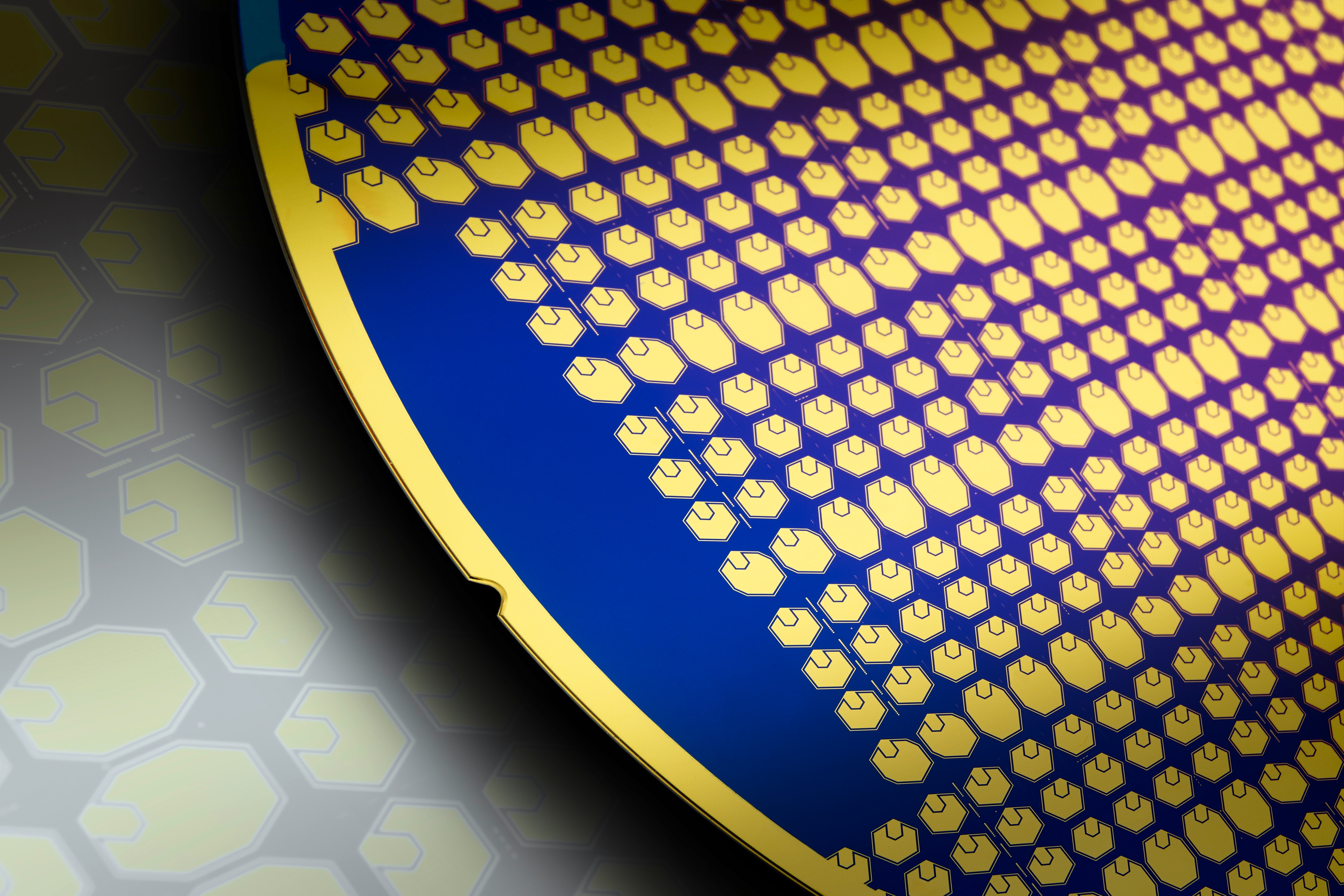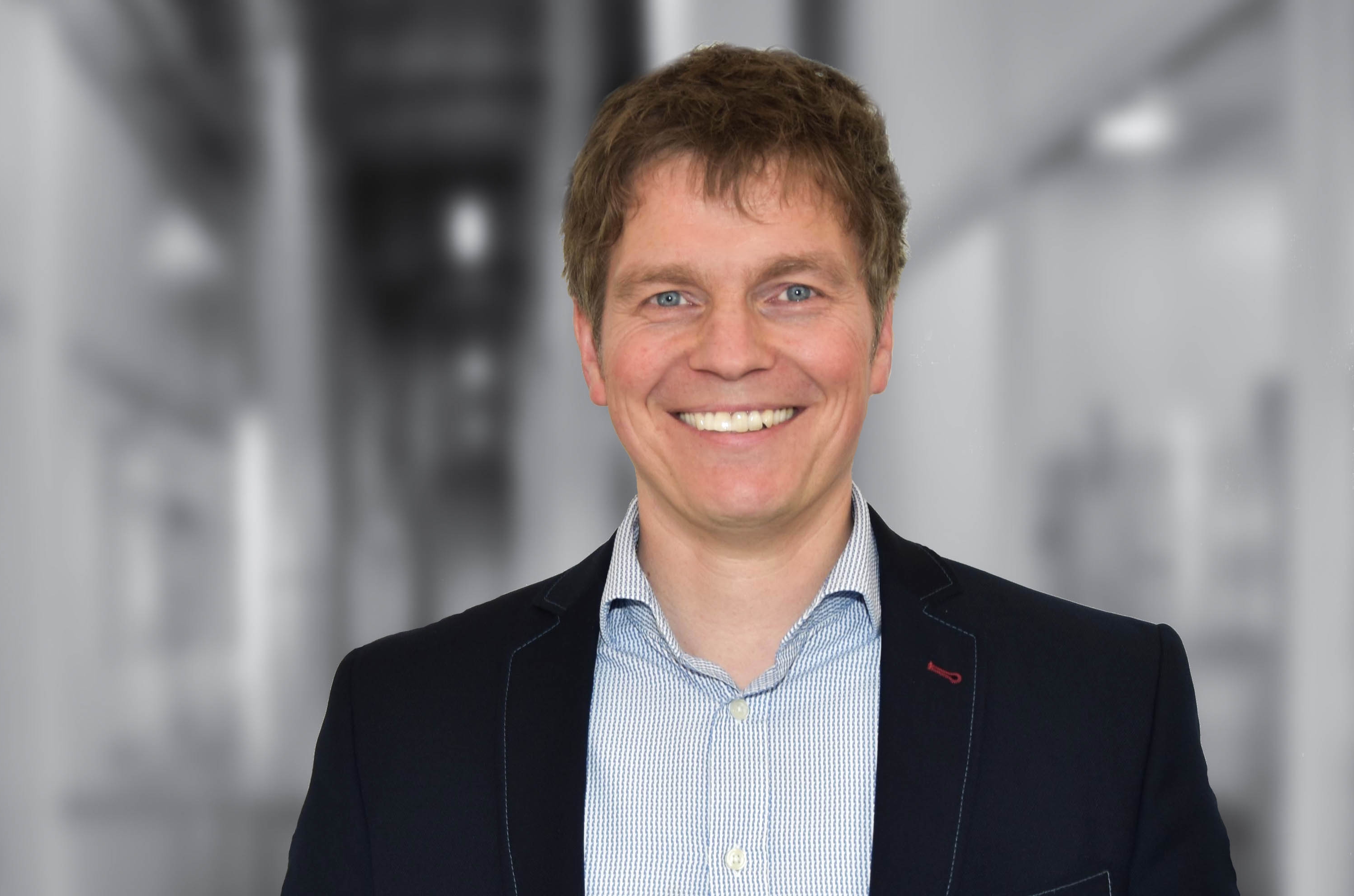Press Release
Energy transition: industry-oriented research strengthened Collaboration between Kiel University and the Fraunhofer ISIT
Hydrogen as an energy source, reliable drive technologies and energy storage for electromobility – in order to advance the energy transition, Kiel University (CAU) and the Fraunhofer Institute for Silicon Technology (ISIT) are strengthening their cooperation. The two partners have set up a new "Electronic Energy Systems" working group for this purpose. Located at the Faculty of Engineering at the CAU, the research group will receive a total of five million Euros of funding in the first phase – half of which will be provided by the Fraunhofer-Gesellschaft and the other half by the state of Schleswig-Holstein.
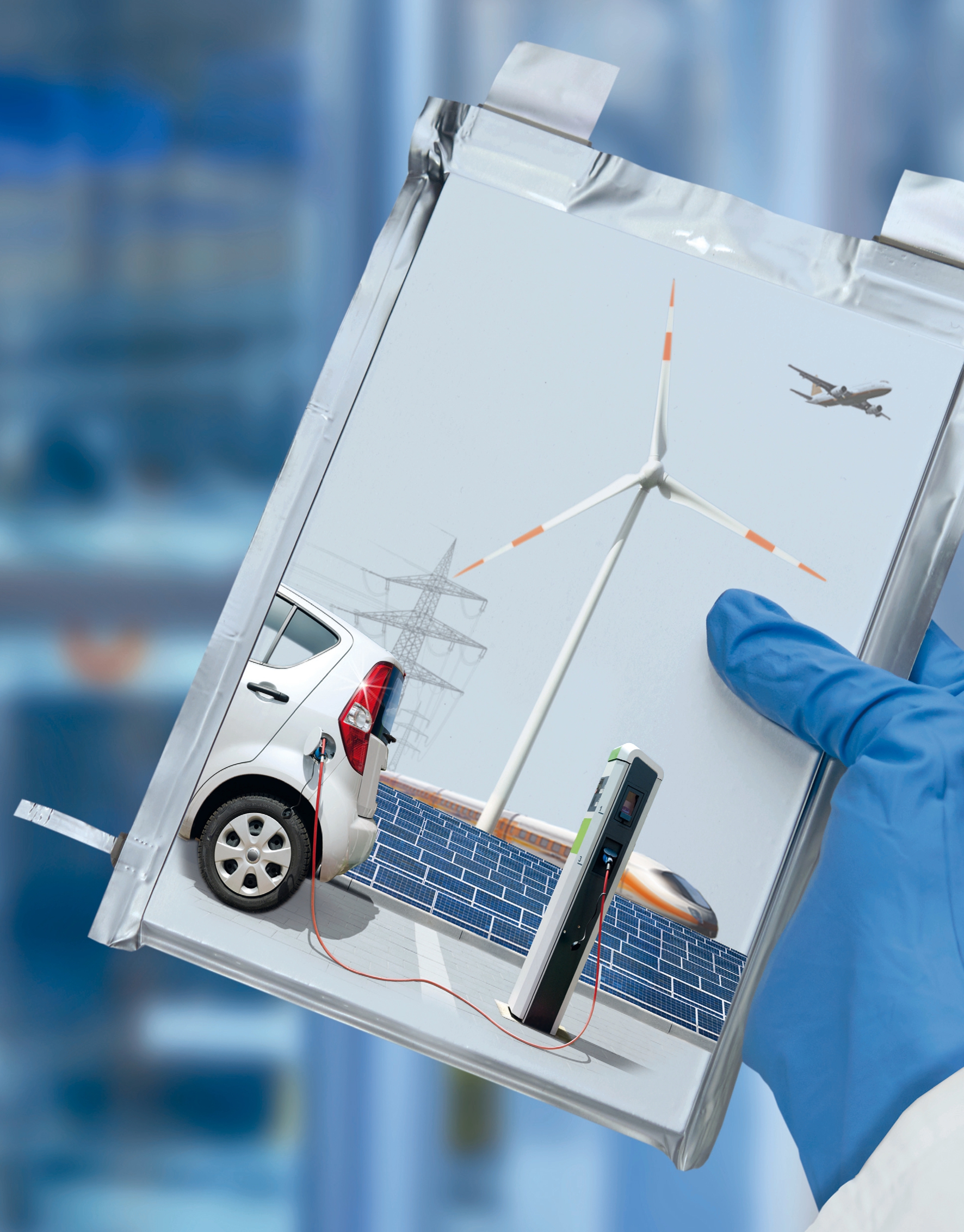
"Anchoring at a common location plays a game-changing role for the direct transfer of scientific knowledge to industry," said Simone Fulda, President of the CAU. "With this step, we want to make a significant contribution to the energy transition, and to fulfil our role as a driver of innovation in Schleswig-Holstein, and thus also our social responsibility."
The two partners are jointly pursuing ambitious goals: after three years, the Electronic Energy Systems working group already wants to stand on its own feet to a large extent, and after five years, independent financing through third-party research and industrial contracts is planned. Potentially, a sub-institute of the Fraunhofer-Gesellschaft will be created from the working group, to be housed at the Faculty of Engineering. Electronic Energy Systems is led by Professor Marco Liserre.
"The state government is addressing important scientific policy interests with the project," said Minister of Science Prien. "The cooperation will further strengthen the Fraunhofer activities in the state, thereby enhancing the capability of Schleswig-Holstein as a scientific centre in the field of application-related research." She emphasised that increasing the collaboration between non-university research and the CAU is very important: "This will give energy research in Schleswig-Holstein another big boost."
“Schleswig-Holstein’s high proportion of renewable energies means that it has excellent conditions for producing and marketing green hydrogen. This makes it all the more important for science on site to be closely networked with politics and industry. Kiel University (CAU) and the Fraunhofer Institute for Silicon Technology (ISIT) are strong partners to further reinforce Schleswig-Holstein as a location for hydrogen,” said energy transition state secretary, Tobias Goldschmidt.
Marco Liserre and Axel Müller-Groeling present their group
[Video is in German language]
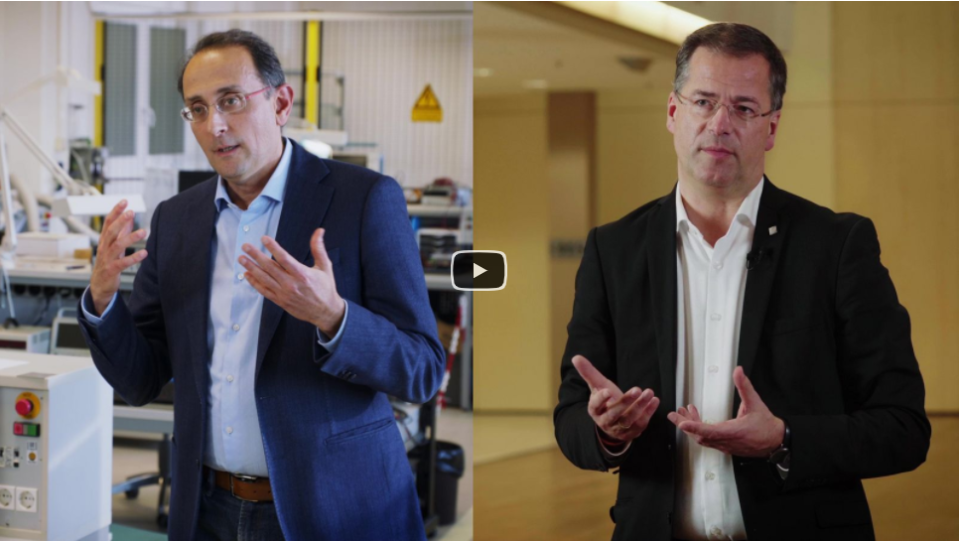
Privacy warning
With the click on the play button an external video from www.youtube.com is loaded and started. Your data is possible transferred and stored to third party. Do not start the video if you disagree. Find more about the youtube privacy statement under the following link: https://policies.google.com/privacySchleswig-Holstein as a scientific centre – strengthening on the international stage
The state of Schleswig-Holstein plays a pioneering role in the research, development and use of renewable energies throughout Germany. "The new ISIT group will help to position Kiel as a place for outstanding technological innovations in the energy research sector. Using innovative methods, we develop applicable systems for industry, based on the results of fundamental research," said Marco Liserre. "This will make the scientific centre more competitive and raise its international profile."
The close cooperation between ISIT and the CAU is based on a long-standing strategic partnership. Professor Axel Müller-Groeling, who has led the Fraunhofer ISIT since 2016, was appointed jointly by both institutions. Professor Holger Kapels, deputy head of the Fraunhofer ISIT, is also a professor in the Faculty of Engineering at the CAU. His main activities at ISIT, the development of power electronics components and innovative energy systems, offer highly promising synergies and opportunities for cooperation with the new group in Kiel. In addition, numerous third-party funding projects have already been carried out jointly. Müller-Groeling emphasised that it is therefore only logical to take the next step: "Both sides will benefit enormously from the cooperation, because it will make them even more attractive for the industry. ISIT brings its own expertise in the development of microcomponents and energy storage, and in cooperation with the CAU, is expanding its offering to include the development of complete systems. For the CAU, the close cooperation means that it can position its scientific research results even more broadly in the private industrial sector."
With three building blocks, the power electronics expert Marco Liserre plans to boost the energy transition research in the working group. The experienced scientist, who is funded by the European Research Council (ERC), wants both institutions to make the best possible use of their strengths.
Cutting-edge power grids
Power grids of the future are the first building block – an area in which Liserre has been conducting research for 20 years. "If we want to use hydrogen as an energy source, we must learn to connect the direct current generated from renewable energies such as hydrogen to the conventional alternating current grid. For this we need electronic transformers and new components from the field of power electronics," said Liserre. For example, Liserre can contribute his ideas for a smart transformer known as "HEART" (Highly Efficient and Reliable smart Transformer). This concept has already led to the development of a prototype, which will be tested in the medium-voltage laboratory that opened in 2019 at the Faculty of Engineering. It can also be used to connect different hydrogen systems with each other.
Intelligent storage technologies for electromobility
Intelligent storage technologies are the second building block. Drawing on the Fraunhofer know-how, new storage materials will be developed, especially for electromobility; planned areas of application are road and water transport. For their research into new batteries, the scientists also use the Laboratory for Reliable Battery-Assisted Energy Conversion (BAEW), which opened in 2020, where Professor Marco Liserre and materials scientist Dr Sandra Hansen along with Professor of Functional Nanomaterials Rainer Adelung already research innovative battery technologies.
Semiconductors – reliable and durable
High-performance battery storage and efficient power grids require reliable and durable semiconductor systems. The Fraunhofer ISIT specialises in their development and production on an industrial scale. The topic of active reliability is thus the third building block in the new working group. "Special synergy effects for reliable and durable customer solutions arise in particular from the combination of the core competence of ISIT in the field of component design and development with the many years of experience of the CAU in the field of innovative control strategies and thermal modelling," explained Professor Holger Kapels.
Transfer to the future
Early career researchers have also benefited from the steadily-increasing cooperation in the past. For example, doctoral researchers were able to conduct industry-related research, students had early contact with real-life practice, and the non-university institute worked at the cutting edge of fundamental research. "We benefit from each other, and can provide our students with an offer that is both research-oriented and industry-oriented. We want to expand this in the new working group," emphasised Liserre.
Marco Liserre is also open to new projects and fields of research. "Our goal is to bring innovations from energy transition research into industrial application. To this end, we would like to integrate the existing projects and laboratories of the Fraunhofer ISIT and the CAU as comprehensively as possible, even beyond the Faculty of Engineering." A fourth research area is already planned, related to sensors for the energy sector and so-called MEMS, microelectromechanical systems, for microproduction.
__________________________________________________________
About the Fraunhofer Institute for Silicon Technology (ISIT)
The Fraunhofer ISIT in Itzehoe is one of Europe's most modern research institutions for microelectronics and microsystems technology. At the heart of the institute are the cleanroom facilities, which are large enough to not only carry out research, but also to manufacture the microchips developed there on an industrial scale. In close cooperation with partners from industry, 160 scientists at ISIT develop components of power electronics and microsystems with fine moving structures for sensors (pressure, movement, biochemical analysis, etc.) and actuators (valves, scanners, mirror arrays, etc.), including the necessary housing technology. These miniaturised components are used in medicine, in environmental and transport technology, in communication technology, in the automotive industry and in mechanical engineering.
About the Faculty of Engineering (TF) at Kiel University
The Faculty of Engineering and its three institutes, the Institute of Electrical Engineering and Information Technology, the Institute for Materials Science and the Department of Computer Science, are dedicated to current and futuristic topics in engineering. Its research is based on the needs of a modern society and its economy. The faculty passes these needs on to its students in an especially practical way and in close contact with research. Through the dedication of its researchers, the TF has developed into a nationally and internationally respected institution. Eye-catching research findings and participation in a large number of successful collaborations with companies showcase the high standards of this institution. The faculty is involved in all focus areas at the CAU, such as the priority research area Kiel Nano, Surface and Interface Science (KiNSIS). Among the outstanding projects funded by third parties are the two Collaborative Research Centres 1461 "Neurotronics: Bio‑inspired Information Pathways" and 1261 "Magnetoelectric Sensors: From Composite Materials to Biomagnetic Diagnostics", as well as the Research Training Group GRK 2154 "Materials for Brain" and the Research Group 2093 "Memristive devices for neuronal systems".
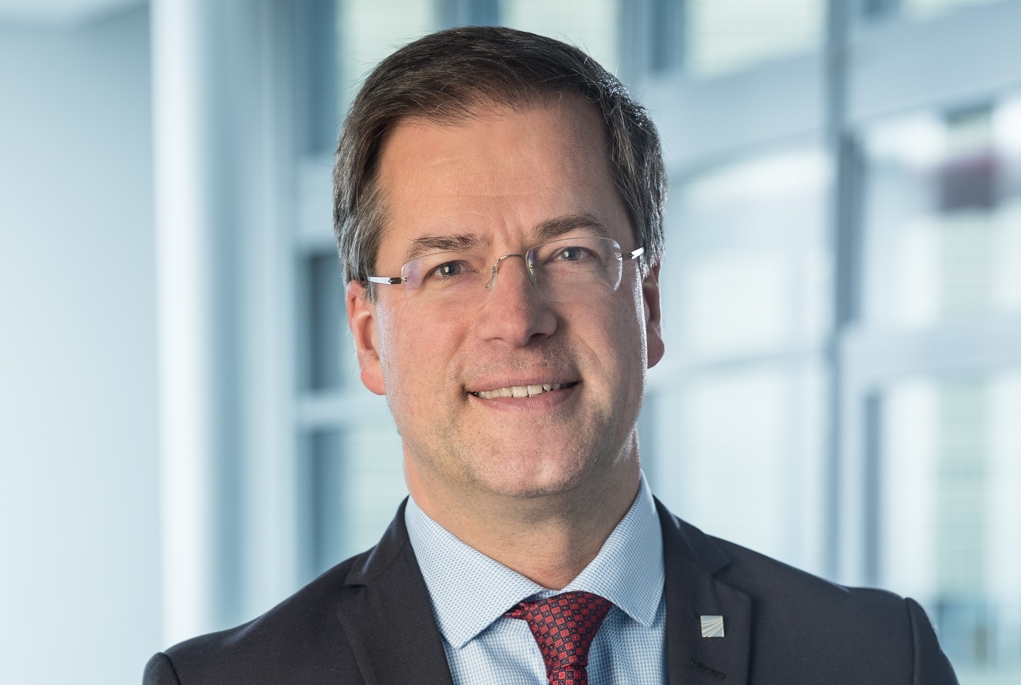
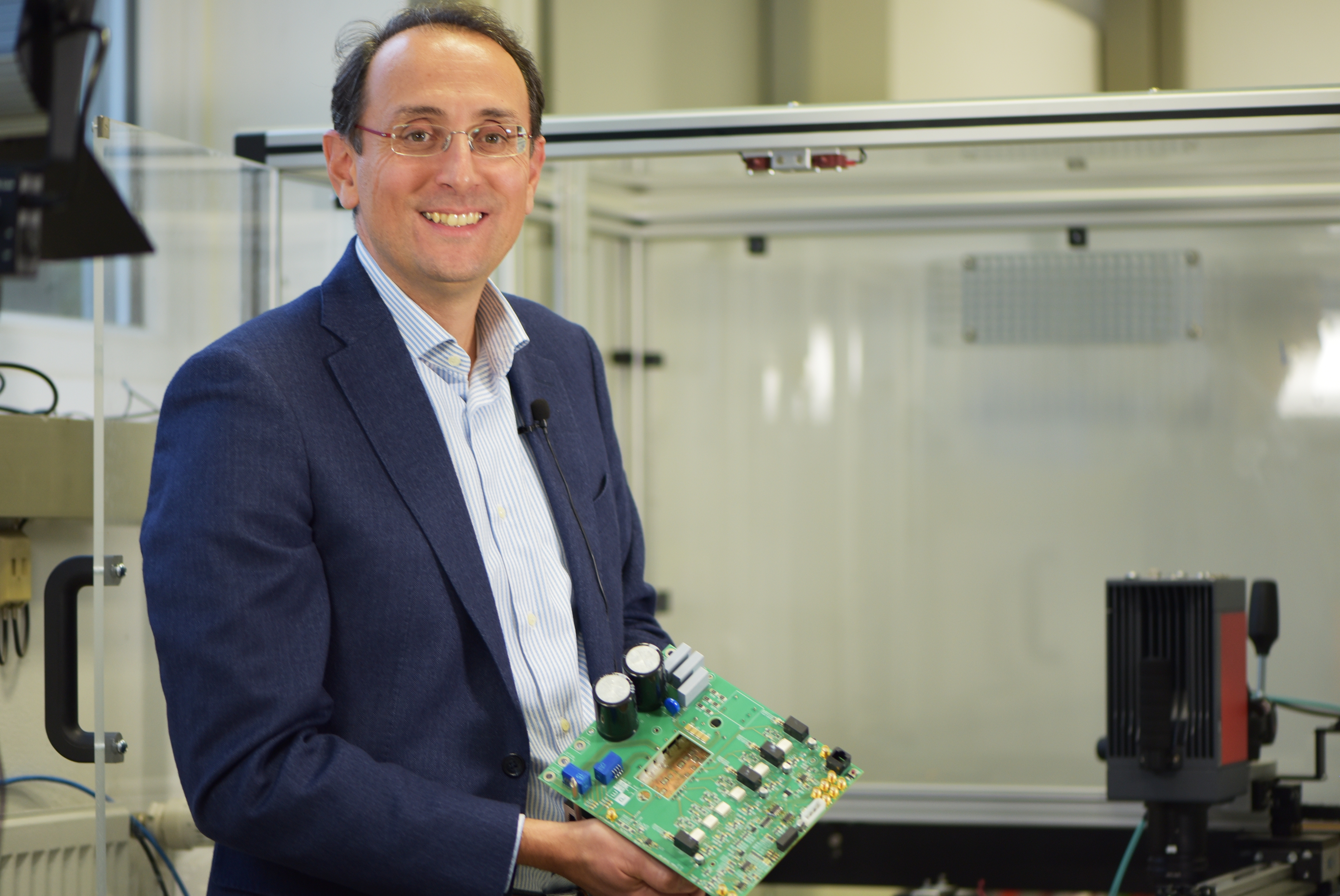
 Fraunhofer Institute for Silicon Technology
Fraunhofer Institute for Silicon Technology